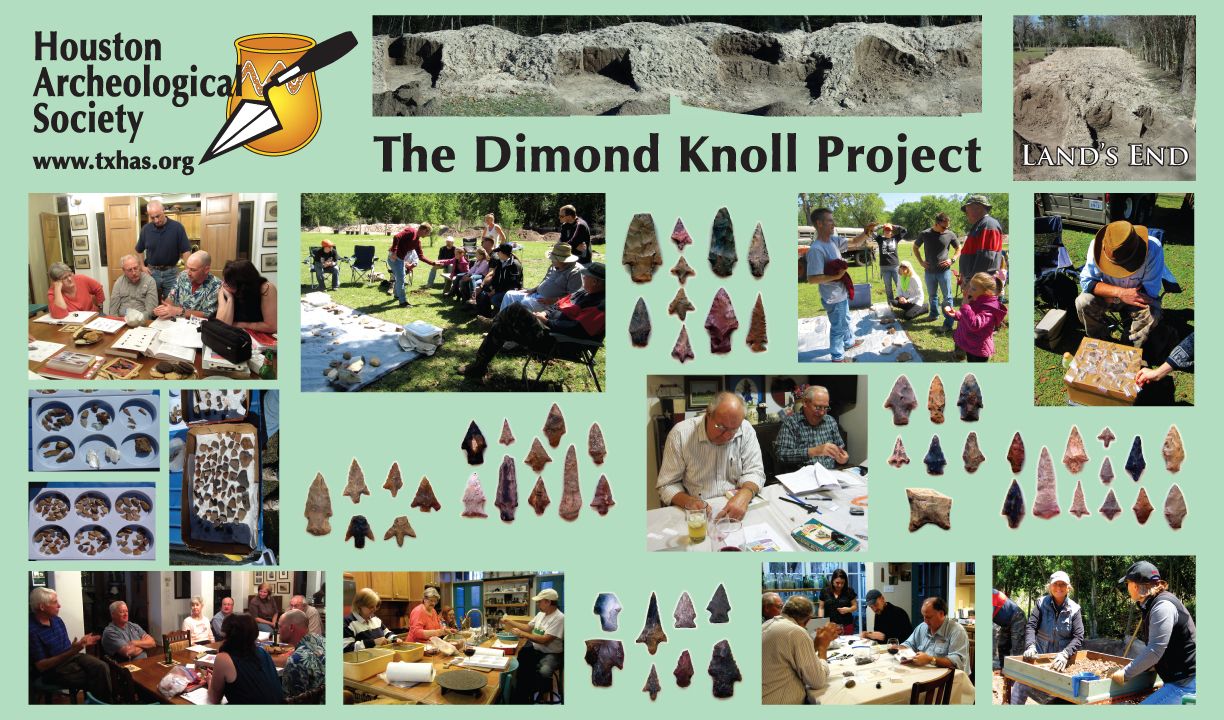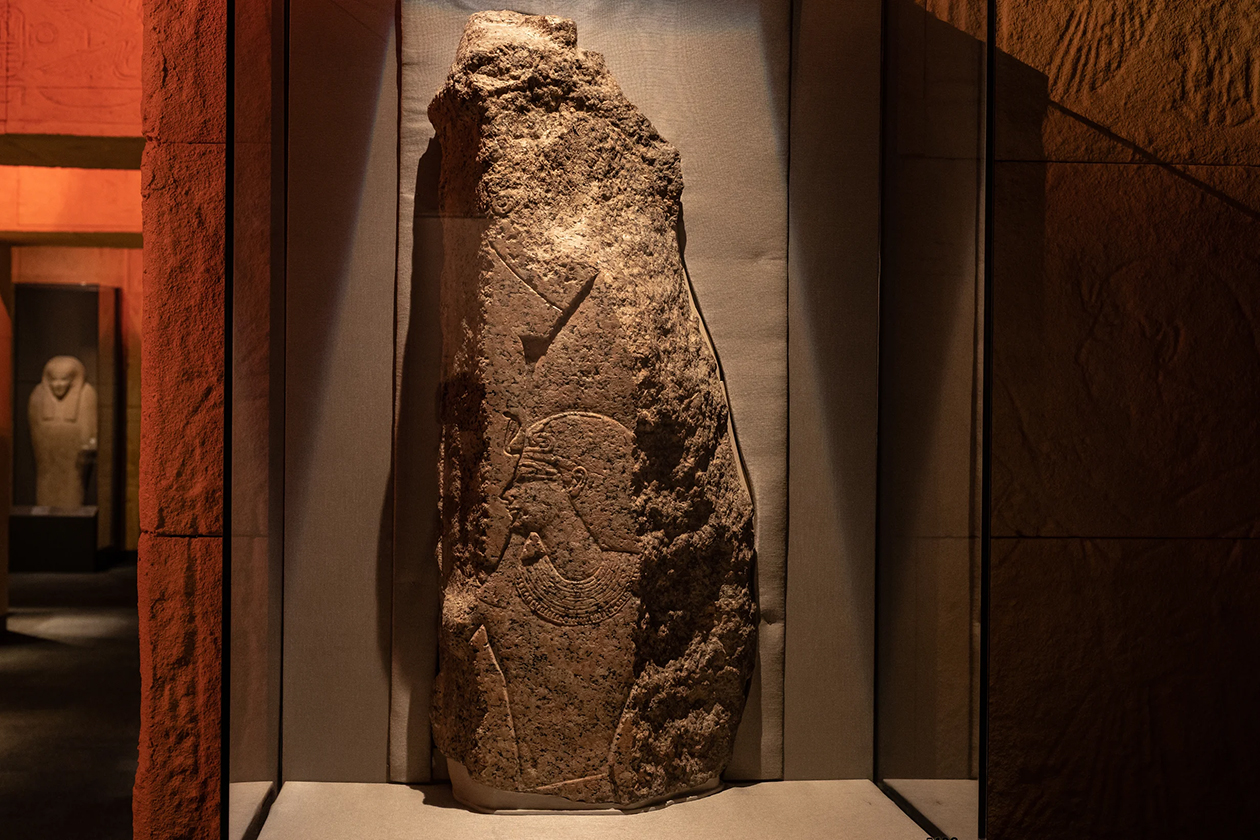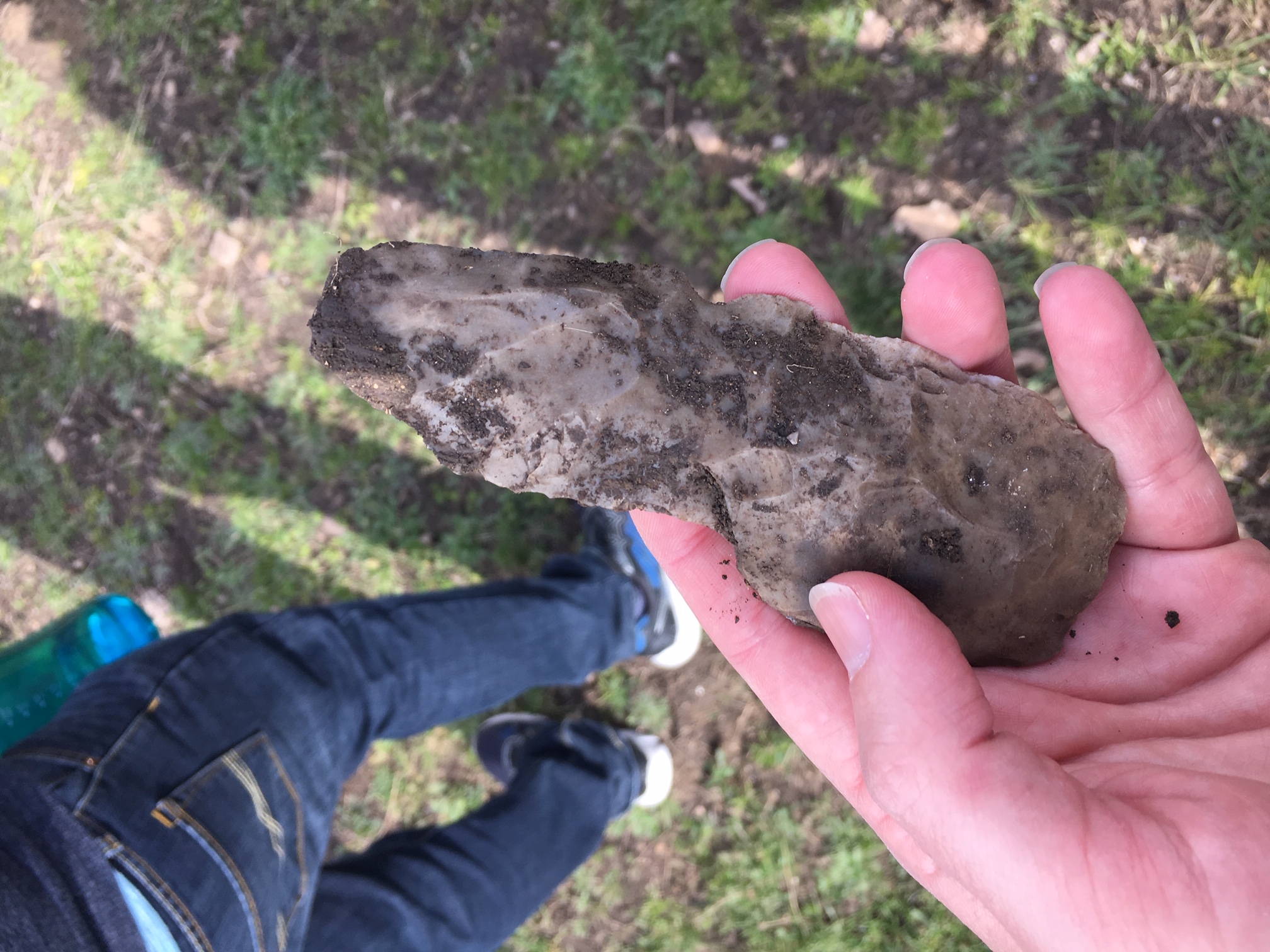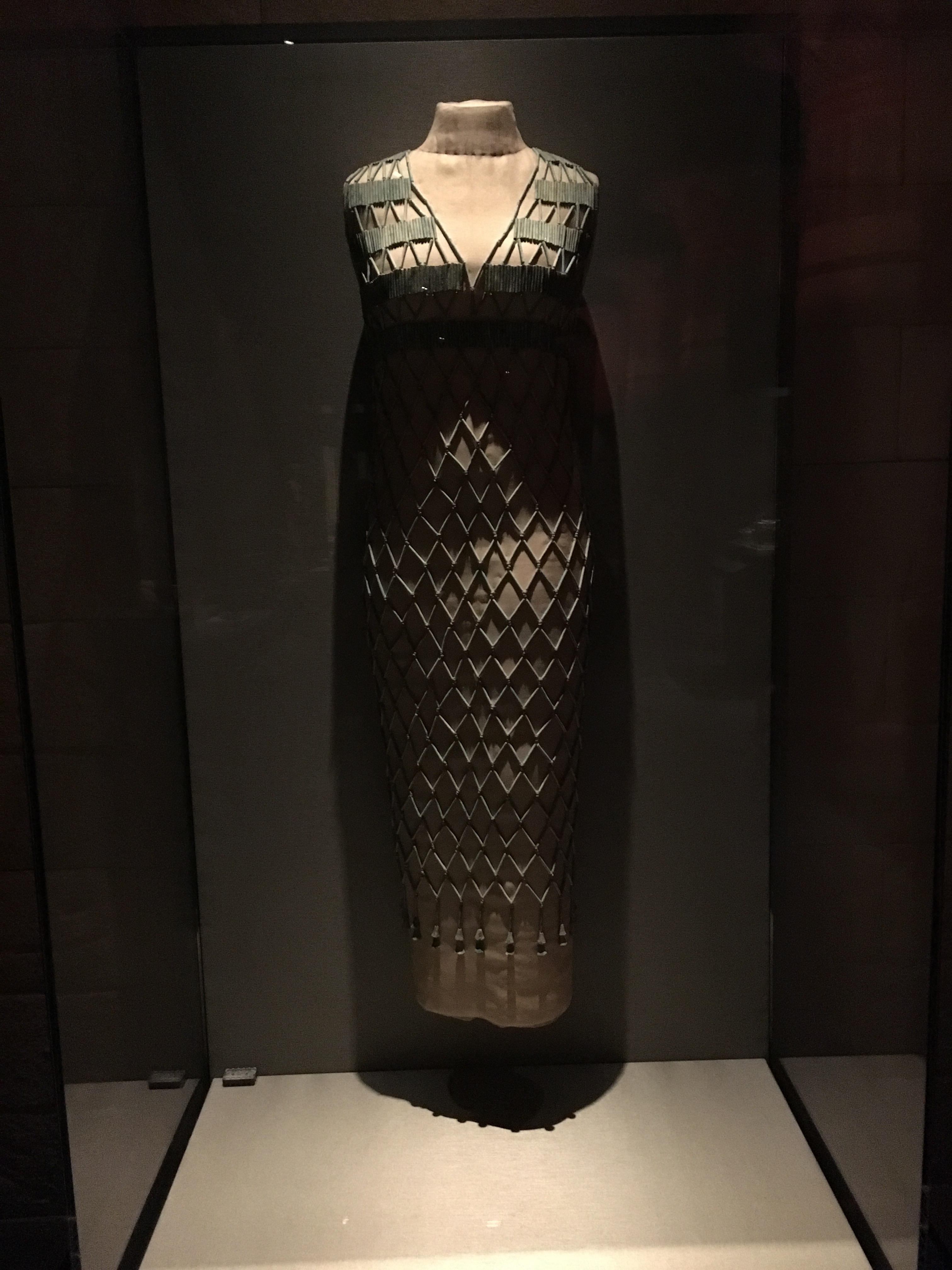While the Texas Department of Transportation — aka TxDOT — is tasked with providing safe and reliable transportation solutions for the traveling public, the agency is also committed to preserving the environment and its history. The Dimond Knoll site (41HR796) was discovered in northwestern Harris County in the fall of 1996 by a team of archaeologists conducting an initial cultural resources survey on behalf of TxDOT for a portion of the Grand Parkway. From the beginning of May to the end of October 2012, TxDOT sponsored extensive data-recovery investigations at the site, concluding that the site had been visited regularly by mobile foraging groups for nearly 10 millennia, with artifacts spanning the Late Paleoindian period (ca. 8000 BC) through the Late Prehistoric (ca. 1500 AD).

Once archaeologists extensively examined the upper sediment deposits of the knoll through meticulous hand excavation, a larger sample of the older, deeply buried cultural deposits in the lower sediments was investigated by first stripping away the remaining sandy mantle. These upper sediments were removed from discretely defined block areas through closely monitored machine stripping. TxDOT, working in cooperation with the Houston Archeological Society, then moved the stripped sediments to an off-site location for screening. Through this effort, a larger sample of informative artifacts were retrieved, allowing archaeologists to achieve a more accurate understanding of prehistoric lifeways in the Houston region.
The TxDOT/HAS screening project has evolved into a tremendously successful public outreach effort. Dozens of HAS members have signed up for the project since its start in early February. Participants from the Brazosport and Fort Bend archaeological societies have also joined the project, as well as anthropology/archaeology students and professors from several local colleges, including the University of Houston, St. Thomas University, Houston Community College and Lone Star College. The project has also been host to school groups from Rosehill Christian Academy and the Kinkaid School. The project has generated outstanding word of mouth, encouraging the participation of many people who have wanted to be archaeologists since childhood but have never had the opportunity. All the artifacts recovered at the screening site will be cataloged, analyzed, curated and reported, along with those recovered in the hand-excavated sample from the site.
Through its commitment to environmental preservation, TxDOT is excited to partner with the HMNS and HAS in offering this unique opportunity to actively participate in the discovery of Houston’s rich prehistoric past, making historic preservation a collective achievement. This event is planned for August 17. Space is limited and advance registration is required. Click here for more information.







